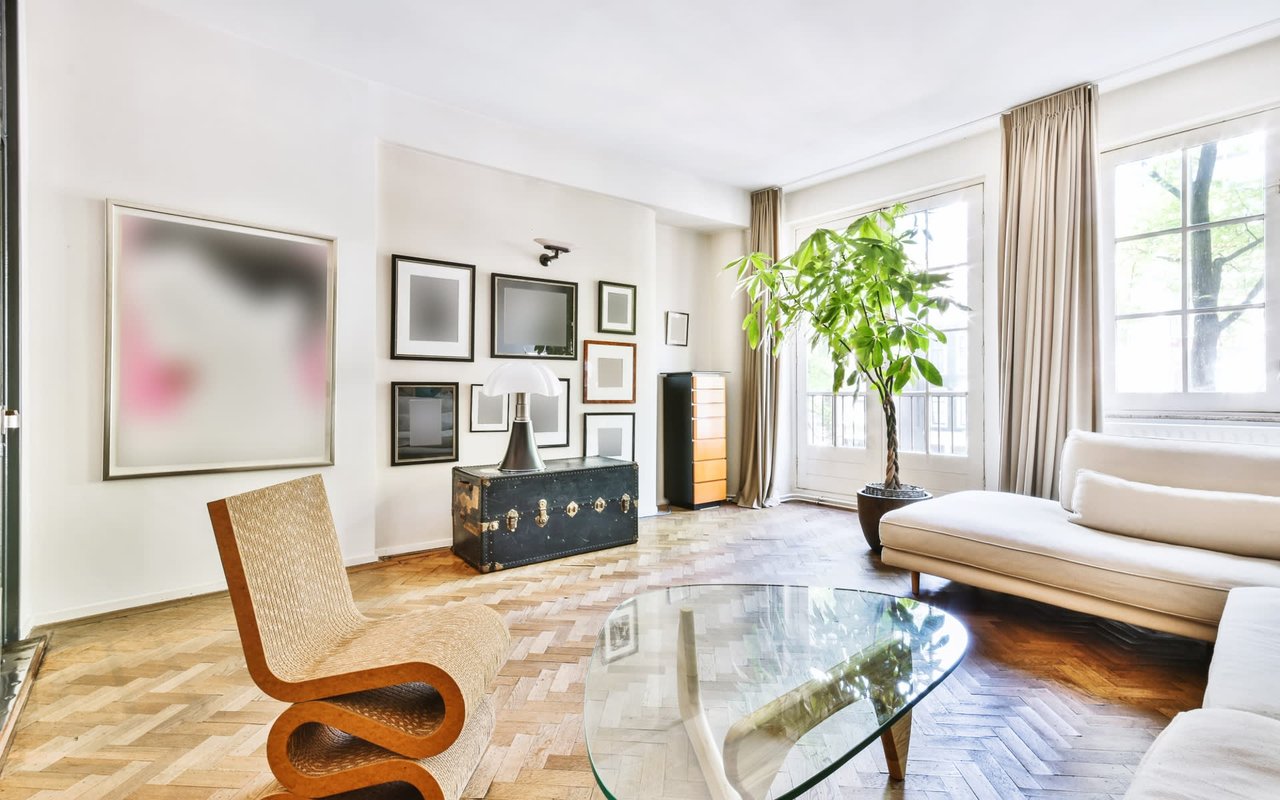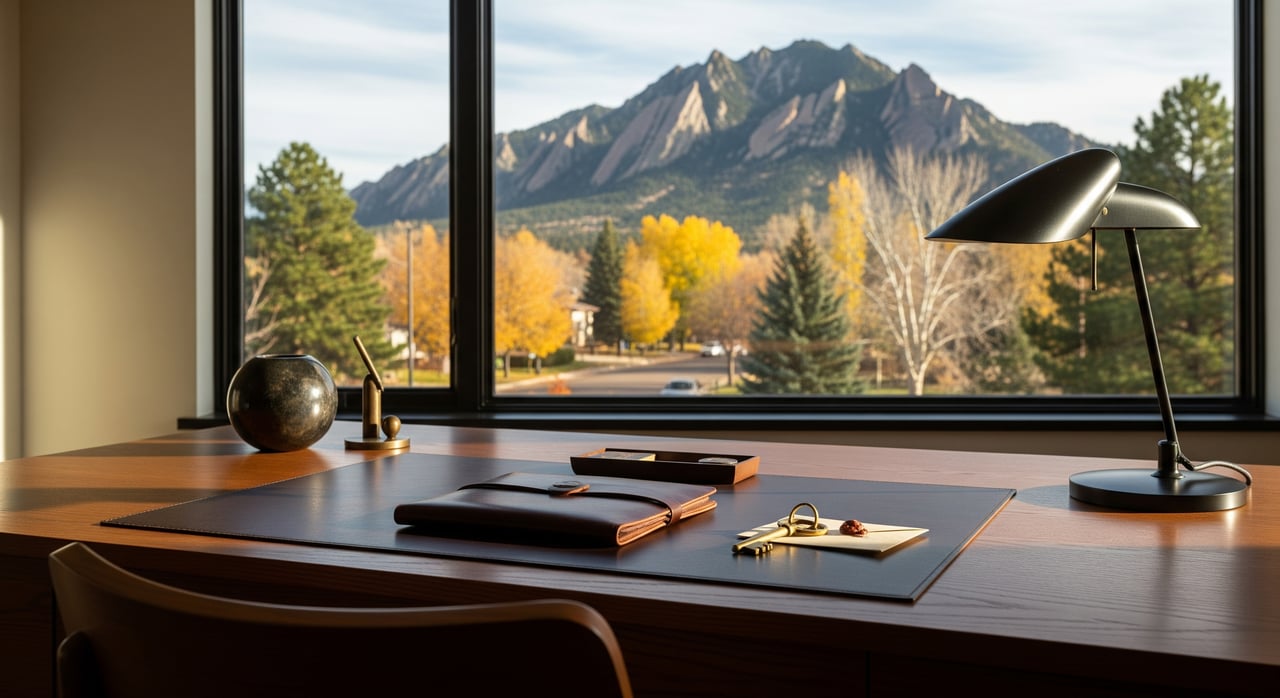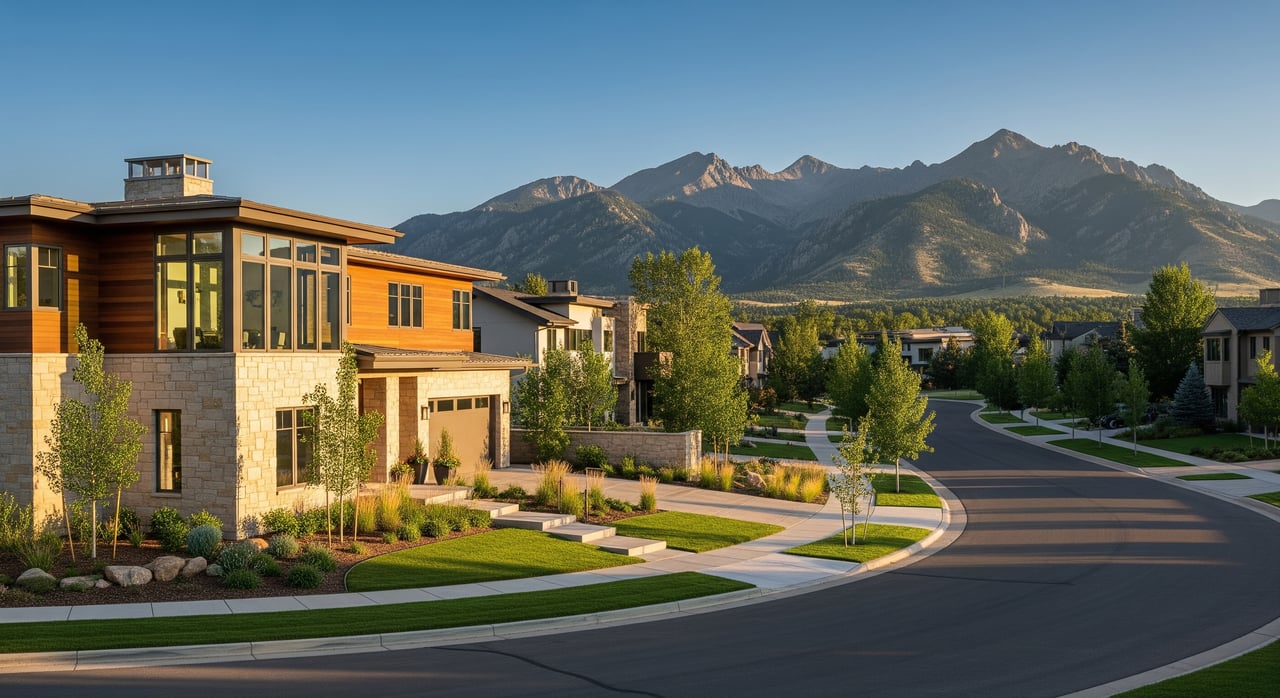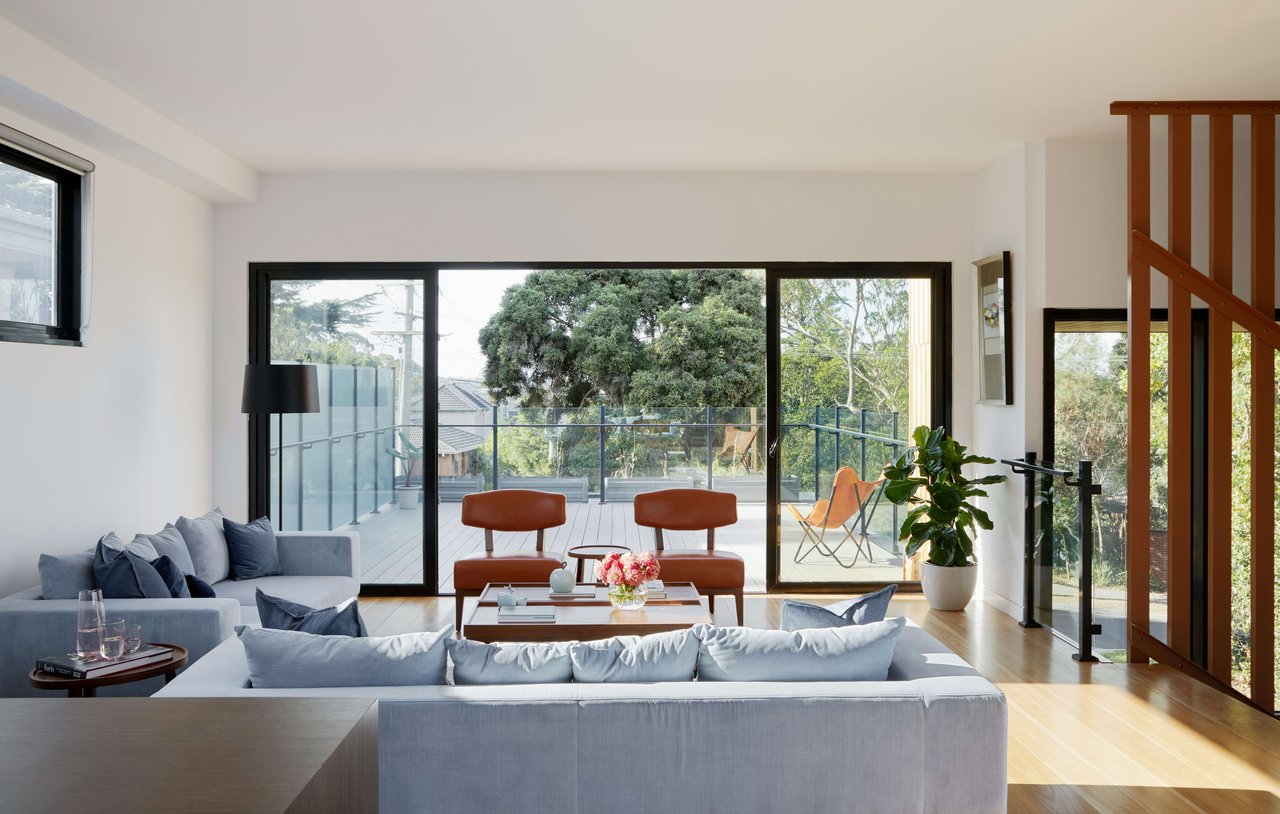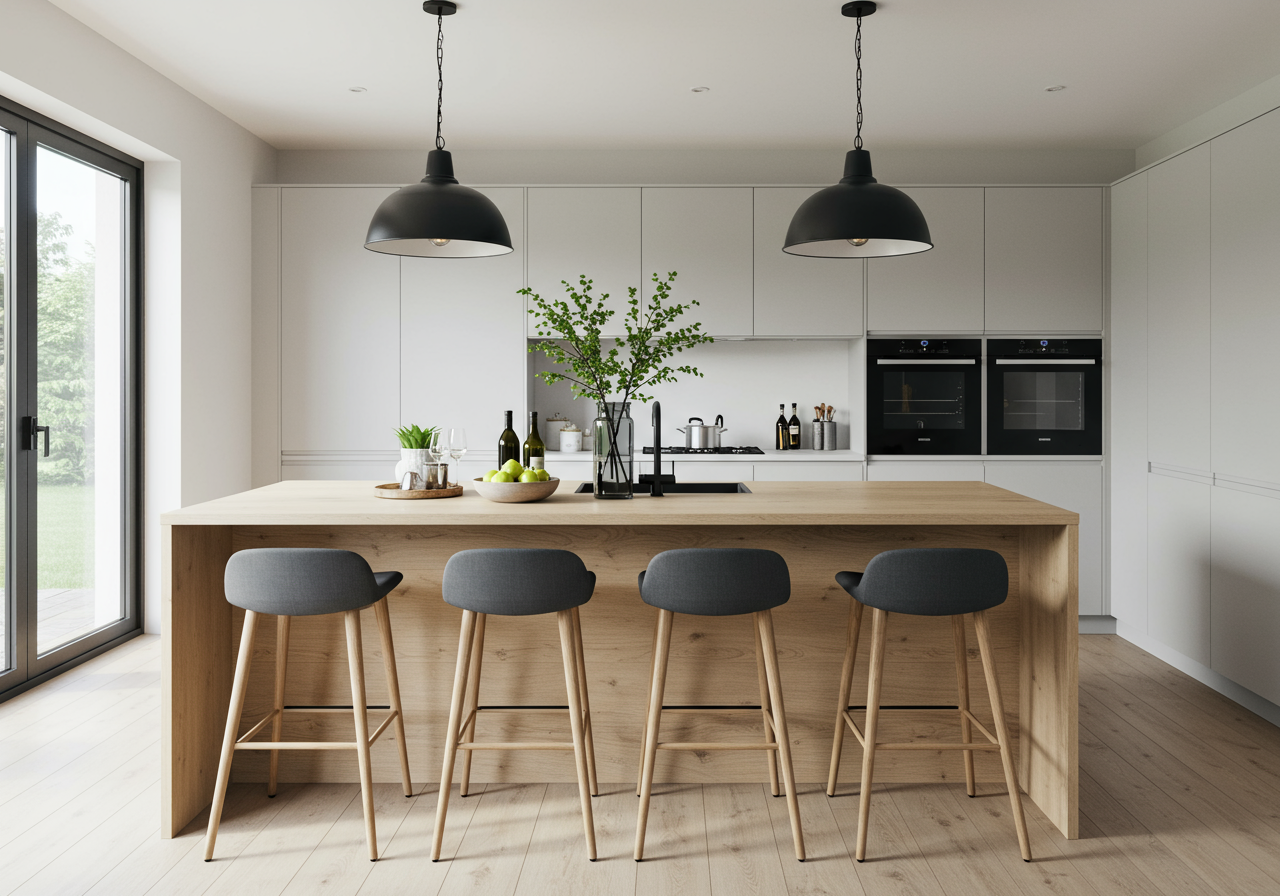
The debate of function over form in home design has been a topic of discussion for centuries. While some people prioritize functionality and efficiency, others prioritize aesthetics and beauty. But which approach is the better one?
Functionality is the degree to which something is able to perform its intended purpose. In-home design and functionality refer to how well a home meets the needs of its inhabitants. Functionality takes into consideration the practical aspects of a home such as its layout, storage, and overall design. The ultimate goal of functionality in home design is to create a space that is easy to use, efficient, and meets the needs of its occupants.
A functional home design takes into account the lifestyle and needs of the inhabitants. For example, a family with young children may require a home with ample storage space for toys and other child-related items. Similarly, a retiree may require a home with a single-level floor plan and wider doorways to accommodate mobility devices.
Form in home design refers to the aesthetic qualities of a home, such as its shape, color, and overall design. The form is often what people notice first about home and is what creates a sense of style and beauty. In-home design, form can be used to create a specific mood or atmosphere within a space. The goal of form in home design is to create a visually pleasing space that feels comfortable and inviting.
Aesthetic considerations are important in home design because they can affect how people feel when they enter a space. A home that is well-designed can create a sense of calm and relaxation, whereas a poorly designed home can create feelings of anxiety and discomfort.
A home that is functional but lacks form may feel sterile and uninspiring, while a home that is all form with no functionality may be impractical and difficult to live in.
Function and form should work together in home design to create a space that meets the needs of its occupants while also being visually pleasing. This means considering the practical aspects of a home, such as its layout and storage, while also paying attention to the aesthetics, such as color and style.
Ultimately, a balance must be struck between the two to create a space that is both practical and visually pleasing. A well-designed home should meet the needs of its occupants while also creating a sense of their own style and beauty. Finding balance between function and form is where design magic happens.
